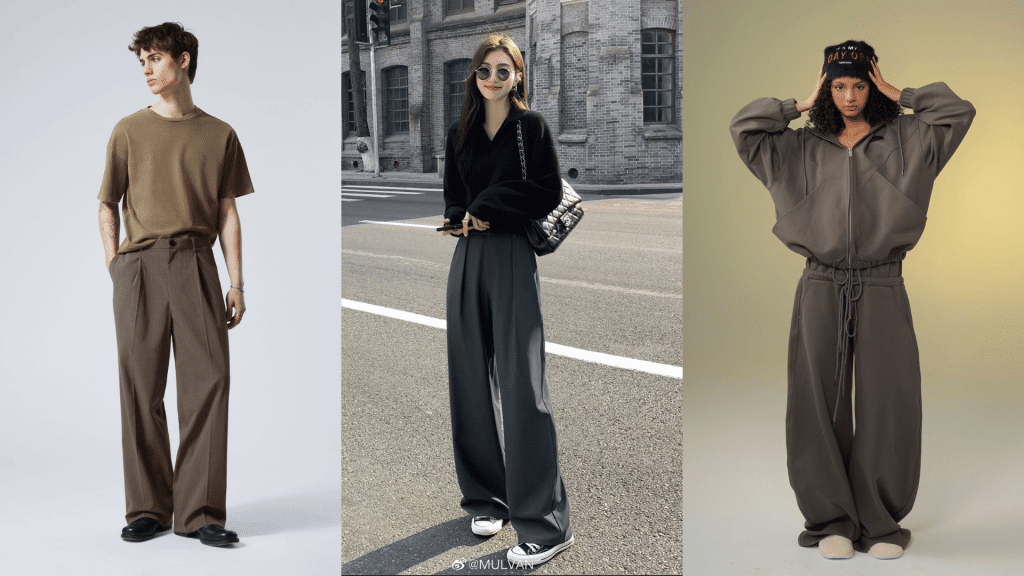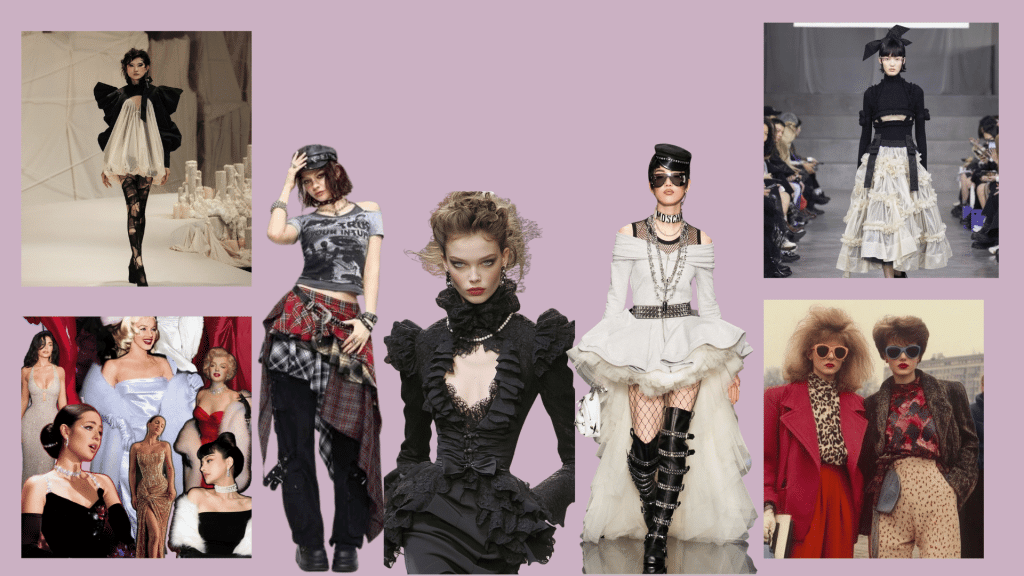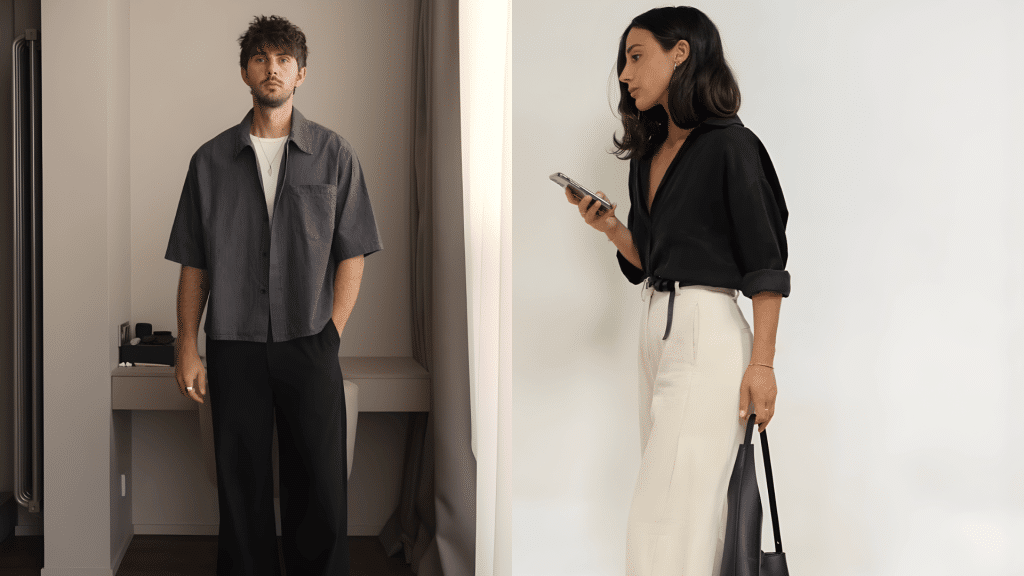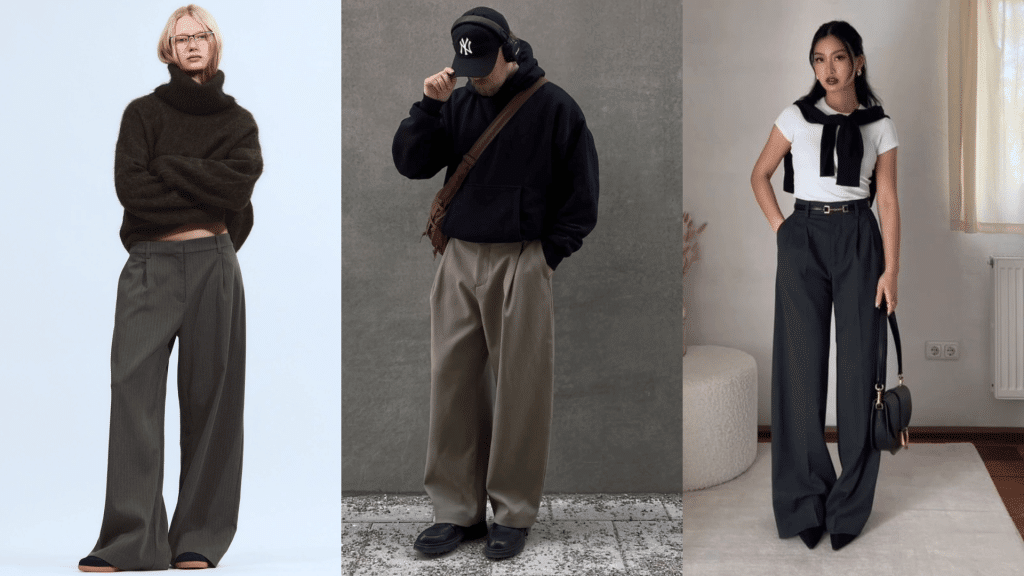Walking into a courtroom feeling uncertain about appropriate attire can create unnecessary stress during an already challenging time.
Many women struggle with understanding proper dress codes for legal proceedings, worried that the wrong choice might impact their credibility or show disrespect to the court.
Knowing what to wear to court doesn’t have to be complicated or expensive. Any woman can present herself professionally and confidently in legal settings with clear guidelines and practical advice.
This guide covers essential courtroom dress codes, from recommended clothing options and colors to what you should avoid.
Why Court Attire Matters?
Walking into a courtroom, your appearance sends a message before you even speak. Proper attire shows respect for the judicial system and awareness of the seriousness of legal proceedings.
Deciding what to wear to court for women can be challenging, but first impressions matter; judges and juries often form opinions in seconds.
Research shows that well-dressed people are viewed as more credible and responsible. Choosing professional clothing signals that you take the process seriously and boost your confidence.
Courtroom attire is non-verbal communication: just as you’d use formal language with a judge, your clothing should match the setting.
This simple step can have a profoundly positive impact on how others perceive your character and credibility.
Key to Dressing for Court
Dressing for court is not about fashion but respect, credibility, and self-presentation. The right outfit can profoundly influence how judges, jurors, and others perceive you.
- Aim for professionalism and credibility above all. When considering what to wear to court, women should prioritize conservative business attire that commands respect.
- Dress appropriately. Avoid anything too revealing, trendy, or informal. Opt for business suits, blazers with dress pants or knee-length skirts, and closed-toe shoes.
- Select neutral, muted colors like black, navy, or gray that signal respect and stability. These classic colors project authority and trustworthiness.
- Avoid loud designs, bright colors, bold patterns, or distracting prints as they undermine your credibility and can draw unwanted attention away from your case.
- Ensure clothing is clean, pressed, and in excellent condition. Presentation matters as much as the outfit itself. Wrinkled or stained clothing suggests carelessness.
- Wear outfits that fit properly, neither too tight nor too loose. Proper fit conveys discipline and confidence while ensuring you remain comfortable throughout proceedings.
- Maintain a polished look to make a strong first impression. Hair should be neat and conservative, makeup minimal, and accessories understated. Keep jewelry simple and avoid anything that makes noise or catches light.
A courtroom is a place of authority and solemnity. Your attire should reflect professionalism, humility, and respect for the proceedings.
Recommended Clothing Options
Courtroom attire should convey respect and seriousness while keeping the focus on your words, not your appearance. Neutral shades, structured fits, and modest styles ensure you’re dressed appropriately for the occasion.
1. Tops and Dresses
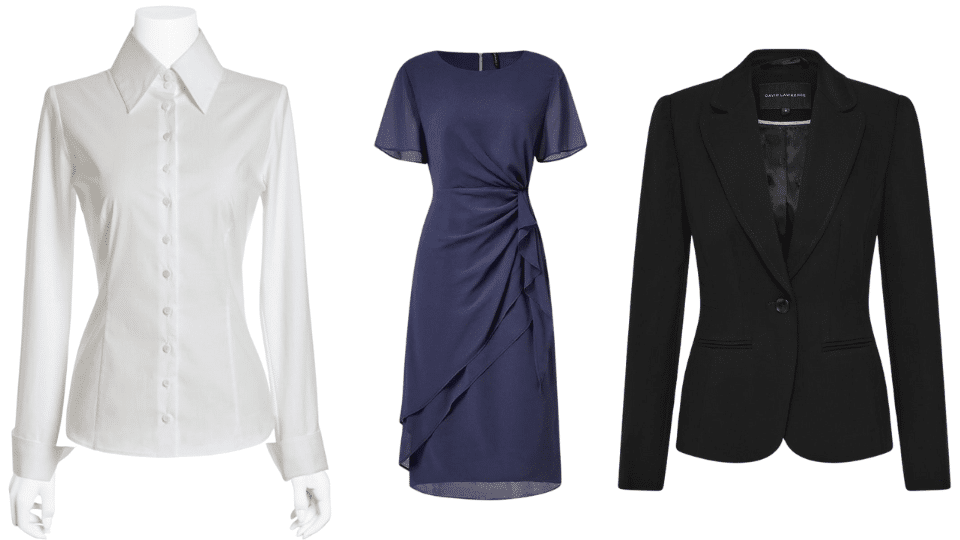
When determining what to wear to court, women should consider blouses, button-down shirts, and simple sweaters in neutral or muted shades, such as white, beige, navy, or light pastels, which offer a professional look without distraction.
Dresses should be knee-length or longer, with sleeves or modest necklines, for coverage and respectability.
Adding a tailored blazer or cardigan provides a polished touch that balances formality with comfort, making your appearance suitable for court without seeming overly styled or casual.
2. Jeans and Skirts
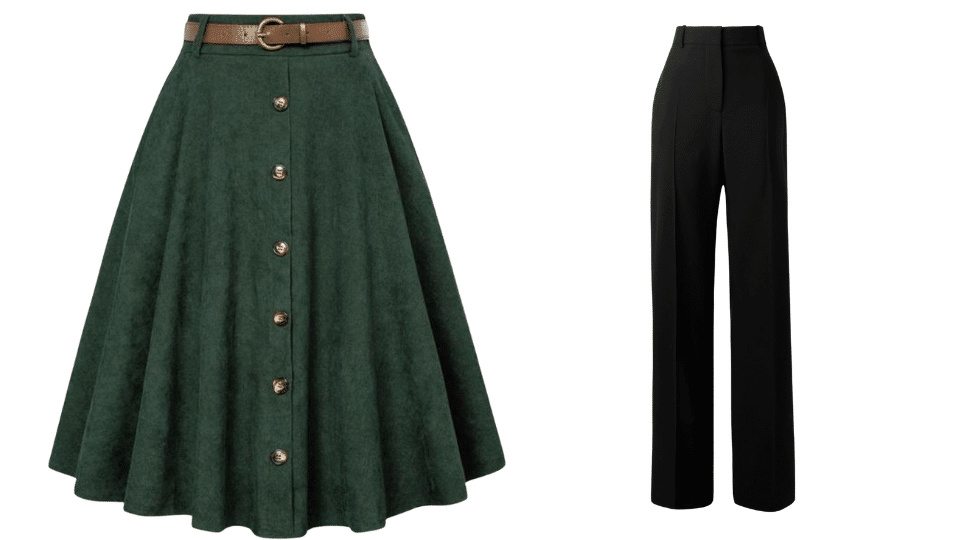
For what to wear to court, women should opt for tailored dress pants in black, gray, or navy that present a clean, professional image. Choose straight-leg or slightly tapered cuts that avoid overly tight fits.
For skirts, choose styles that fall at or below the knee, with no high slits or flashy detailing.
Structured fabrics like wool blends or cotton help maintain a neat, wrinkle-free look throughout the day, ensuring your outfit holds up well during lengthy proceedings.
3. Footwear
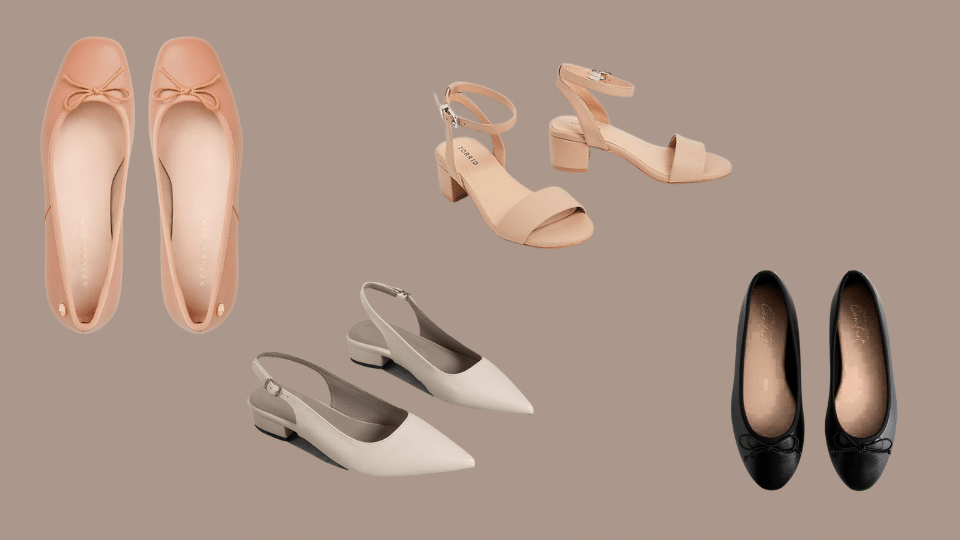
When determining what to wear to court, women should prioritize closed-toe shoes, as they are essential for courtroom professionalism.
Flats or low heels in neutral colors, black, nude, or dark brown, offer comfort and style without distraction. Stick to classic shapes, avoiding trendy designs or bright accents.
High heels above three inches can appear impractical, while sneakers or sandals are too casual.
Leather or matte finishes lend a refined appearance that complements professional attire, ensuring your shoes complement rather than overshadow your outfit.
4. Jewelry
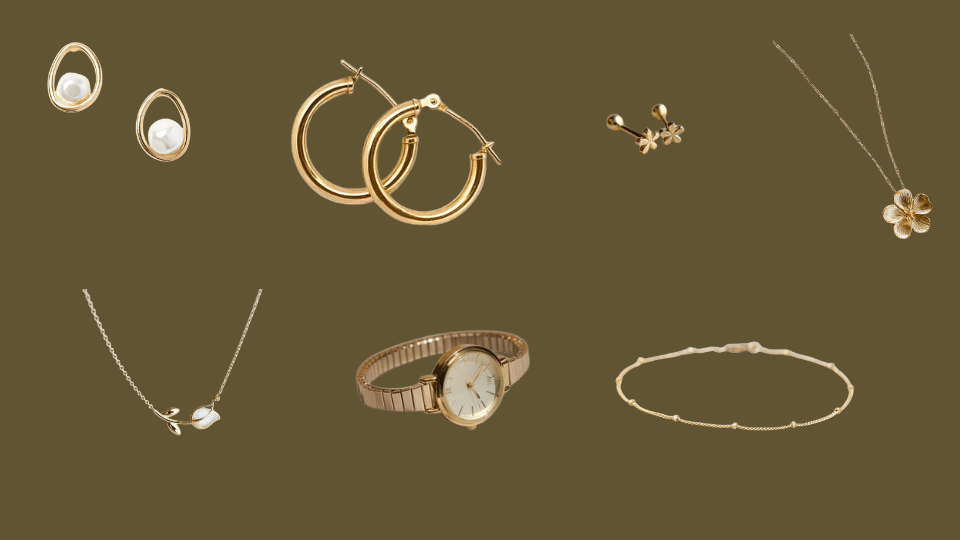
When considering what to wear to court, women should remember that jewelry should be understated and minimal to avoid distraction in court.
Opt for simple stud earrings, small hoops, or delicate necklaces in subtle tones like silver, gold, or pearls. These add a touch of polish without dominating your look.
Avoid chunky bracelets, large statement rings, or noisy accessories that attract unwanted attention. The goal is to maintain a neat and professional appearance, allowing your demeanor and words to remain the focus.
Dressing with modesty and refinement communicates respect for the court and helps ensure your credibility remains front and center.
What to Avoid Wearing to Court?
When understanding what to wear to court, women should also recognize that confident choices can unintentionally weaken their credibility or distract from important testimony.
The table below highlights common attire mistakes to avoid in legal settings.
| Clothing / Style | Why It’s Inappropriate |
|---|---|
| Revealing clothing (short skirts, low-cut tops, sleeveless shirts, tight outfits) | Shows excessive skin, appears unprofessional, and harms credibility |
| Bright or flashy colors (neon shades, bold patterns, large logos) | Distracts judges/jury, takes focus away from testimony |
| Excessive accessories (large jewelry, heavy makeup, dramatic hairstyles) | It can seem unprofessional or attention-seeking |
| Casual footwear (sneakers, sandals, flip-flops) | Signals disrespect for the seriousness of the court |
| Overly high heels | It may seem impractical and inappropriate for a formal setting |
| Unkempt clothing (wrinkled, stained, damaged) | Suggests carelessness, undermines credibility |
Women can project confidence and seriousness by steering clear of these fashion missteps. Thoughtful clothing decisions ensure focus remains on the case, helping create a positive and respectful courtroom impression.
Dressing For Court According to Different Practical Situations
When choosing what to wear in court, clothing is about modesty and the message it conveys.
Beyond professionalism and understanding what to wear to court, women should recognize that attire can signal innocence, seriousness, empathy, or support, depending on the woman’s role in the proceedings.
If Accused of a Crime
For defendants, the goal is to convey sincerity, humility, and a willingness to take responsibility.
Clothing should project innocence or remorse, never arrogance. A restrained appearance suggests respect for the process and signals that you are not taking the charges lightly.
Even subtle details, such as neat grooming, calm body language, and avoidance of aggressive or flashy symbols, can reinforce an image of cooperation and credibility. Attire that avoids extremes helps build trust with the judge and jury.
Victims Appearing in Court
Victims often need their clothing to communicate vulnerability balanced with credibility. While the attire should remain professional, it can also be chosen to invite empathy subtly.
When considering what to wear to court, women who are victims should opt for softer colors, understated fabrics, and modest styling that can reinforce the impression of someone who has endured hardship but remains dignified.
Importantly, the goal is to avoid outfits that feel like “costumes” and should instead align with authenticity. What matters most is balancing relatability and respect for the formal environment.
Family Members and Supporters
Supporters in court must be mindful of how their appearance reflects solidarity without overshadowing the proceedings.
When asking “what should I wear to court” as a family member or supporter, remember that your attire should symbolize respect, quiet strength, and empathy for the person you are accompanying.
Clothing choices here convey the message of standing behind someone dignifiedly.
Wrapping It Up
Mastering court attire is an investment in your legal success story.
The confidence gained from dressing appropriately often translates into more transparent communication and stronger self-advocacy during proceedings.
When asking what to wear to court, women should remember that legal professionals pay attention to detail, and their commitment to proper presentation reflects their respect for the process.
Your preparation today sets the foundation for presenting your best self when it matters most.



